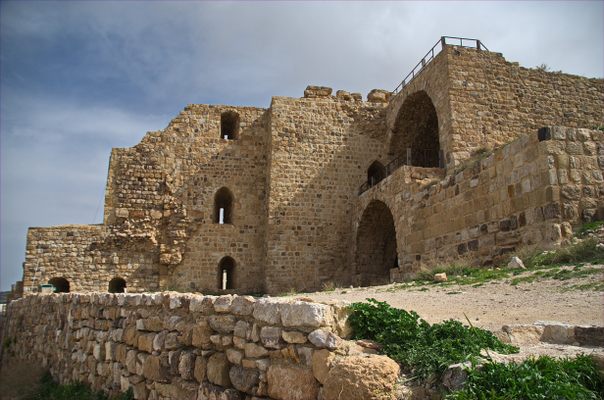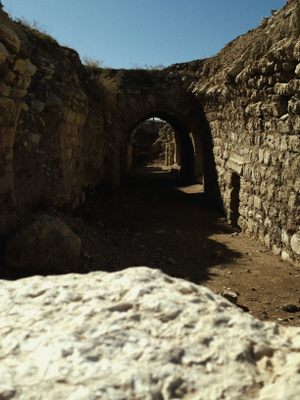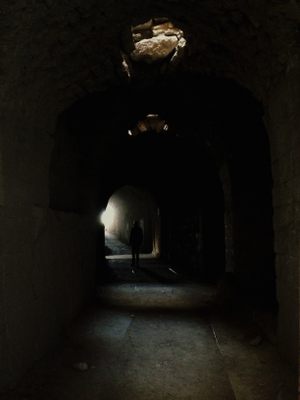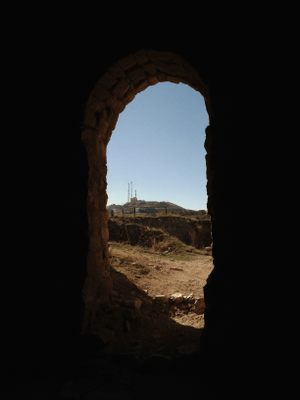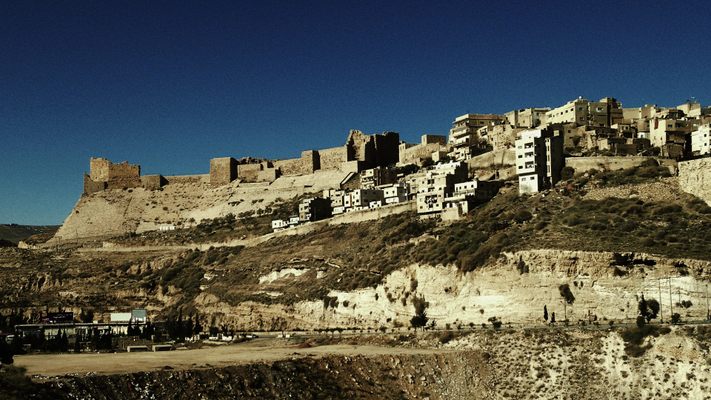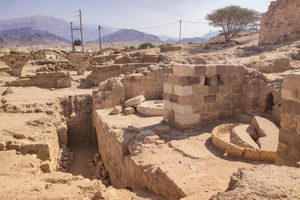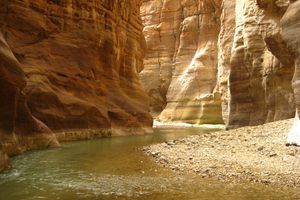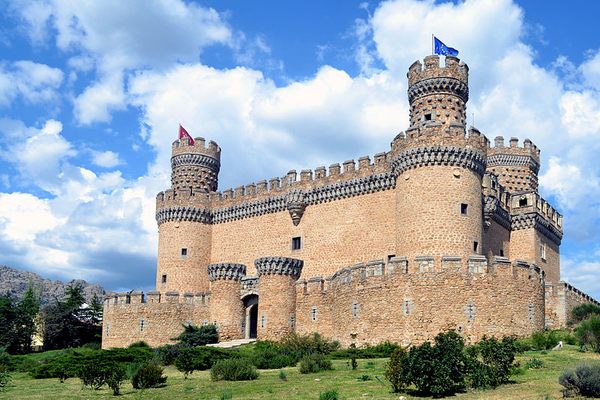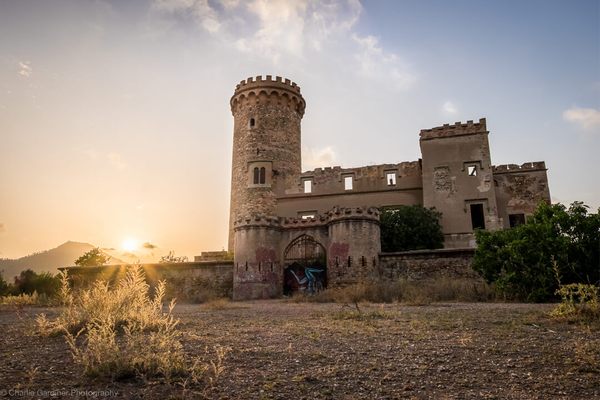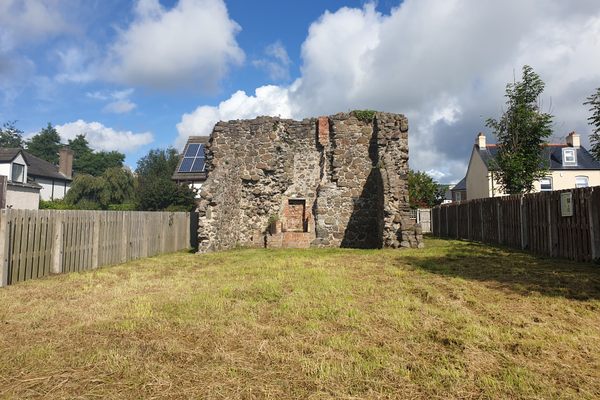About
Constructed high on an urban hilltop in the mid-12th century, Kerak Castle was designed to provide a watchful eye and iron fist over the traders and travelers crossing the lands between the Dead Sea, Damascus, Egypt, and Mecca.
Kerak's strategic location made it the target of many sieges, some more successful than others. The castle stood to see both Christian and Muslim rule, including a stint under the control of the legendary Saladin. In popular culture, Kerak Castle is notable for its part in the 2005 Ridley Scott film, Kingdom of Heaven.
The structure is an early example of a fortified Frankish Crusader Castle, using elements of European, Byzantine, and Arab designs. Over the centuries, the castle grew with representative additions from its Christian, Muslim, Mamluk, and Ottoman lords. Today, the Crusader architecture exists mostly on the upper level of the castle and is identified by its dark, rough volcanic rock, while the later Arab additions are made from white limestone.
The town of Kerak, located on the ancient King’s Highway between Amman and Aqaba, was once known as the Kingdom of Moab, as mentioned in the Bible. Over two millennia old, Kerak was home to the Nabateans, Romans, and the Byzantines before the Crusaders took it over.
Related Tags
Know Before You Go
Al-Karak lies 87 miles south of Amman on the King's Highway. Kerak Castle is open daily. Bring good shoes and a flashlight—parts of the castle are crumbling and dimly lit.
Ancient Ruins & Legendary Landmarks of Jordan
Explore Mesmerizing Jordan: From Petra to Greco-Roman Ruins.
Book NowPublished
March 29, 2019
